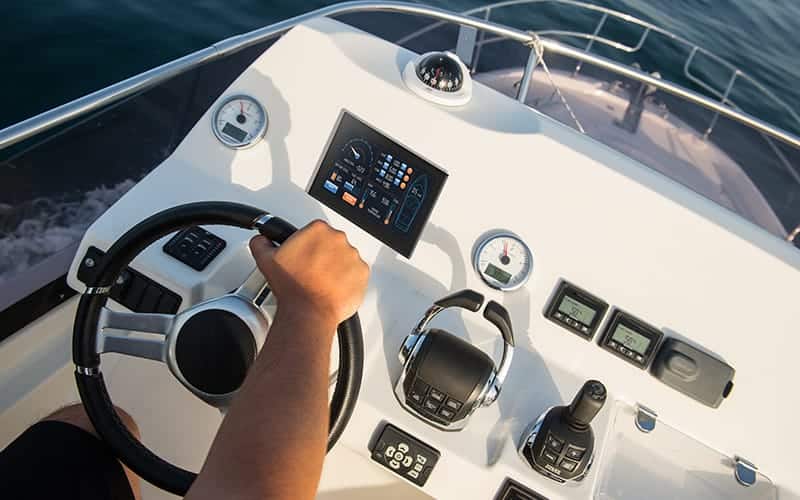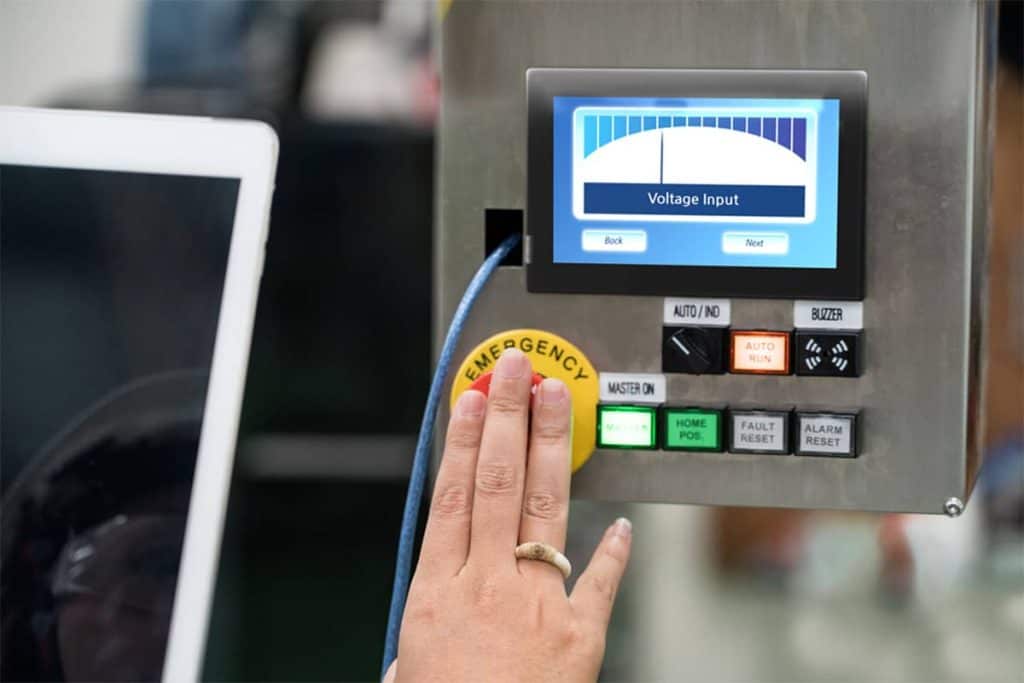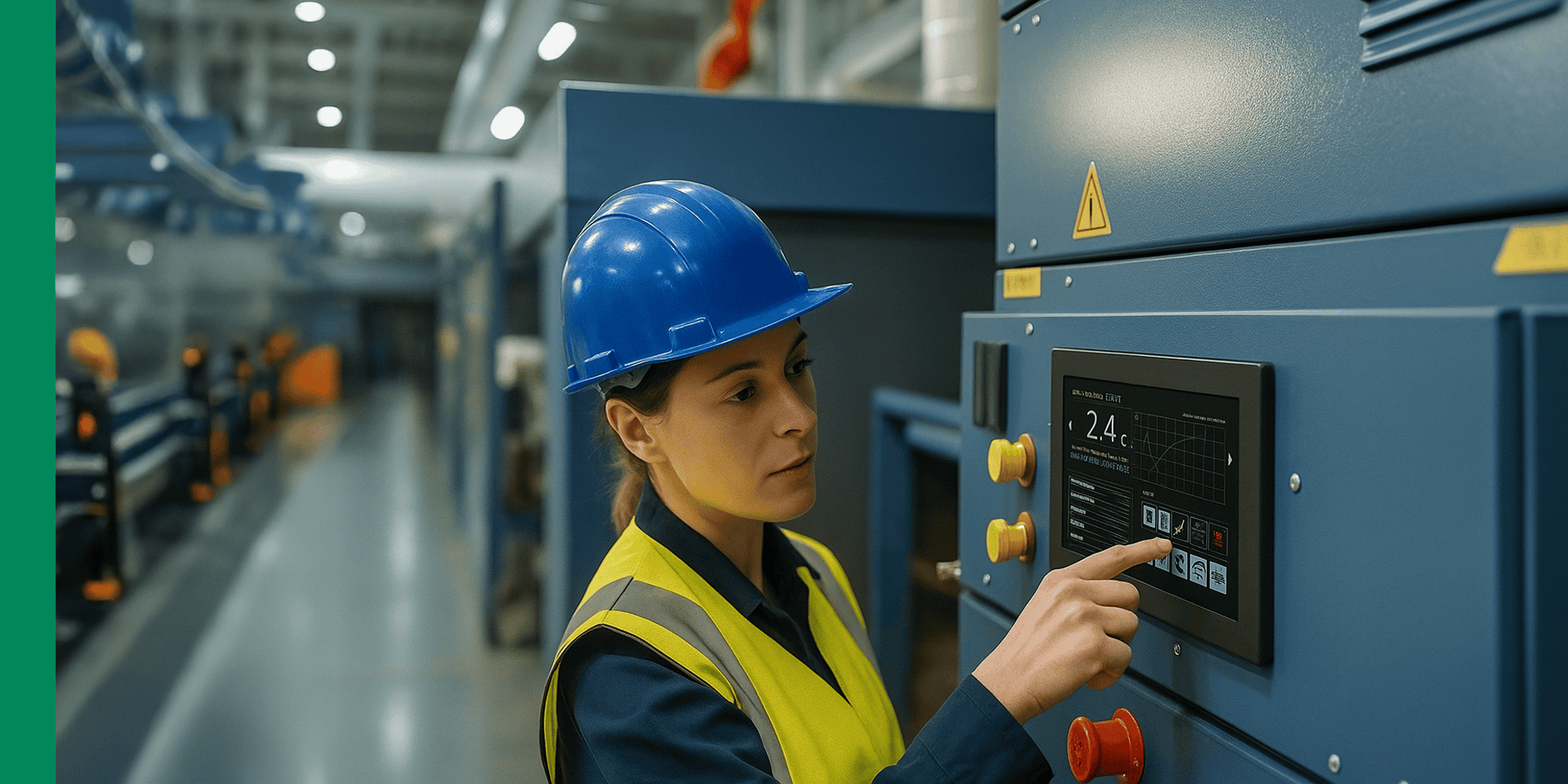Selecting the right digital display is more than a design decision; it’s how your system communicates with the user. In industrial automation, clarity, reliability and usability are everything. The display is where operators make decisions, monitor performance and keep processes running safely and efficiently.
Whether you’re developing a compact embedded display module or a rugged touchscreen HMI, the right choice can enhance productivity, simplify control and extend product lifespan. The challenge is knowing which features truly matter and how to balance cost, performance and long-term adaptability.
Understanding Your Environment
Before selecting any digital display, consider where it will operate. A rugged panel display with IP65 protection and a sunlight-readable screen is ideal for outdoor or high-vibration environments. For OEM instruments or indoor systems, compact embedded display modules with lower power requirements may be more practical. It’s important to match the display’s durability to its working conditions to optimise its capabilities.

Choose the Right Size and Resolution
A common question engineers ask is, what size digital display do I need for my system?
Display size depends on both the physical constraints of your design and how much information needs to be shown. Smaller screens such as 2.1, 2.4 or 2.8-inch modules are ideal for compact devices, handheld instruments and sensor systems where space is limited. Mid-range 3.5–4.3-inch displays provide additional clarity for detailed readouts, while larger 7–10-inch HMIs suit industrial automation displays that present multiple parameters or process data simultaneously.
Higher resolutions deliver sharper visuals and smoother graphics, enabling more intuitive user interfaces and improved readability for dashboards or data visualisation.
Touchscreen or Traditional Panel?
Your display choice depends on how operators interact with it.
Touchscreen control panels are designed for interactive systems where users need to adjust parameters, navigate menus, or acknowledge alarms.
- Capacitive touchscreens offer high precision and responsiveness
- Resistive touchscreens perform better with gloves or styluses in industrial environments
If your system only requires data monitoring or status indication, a non-interactive analogue or digital input display may be more suitable. These smaller displays are ideal for showing real-time inputs or sensor readings and can offer a more robust and cost-effective solution where user interaction isn’t required.
Inputs, Outputs & Connectivity
Ensure the display integrates seamlessly with your system. Look for models supporting multiple communication options, such as:
- Modbus displays for PLC and industrial control
- CAN interface displays for automation or vehicle systems
- Mixed analogue/digital inputs for flexibility across sensors and controllers
A flexible I/O setup makes scaling and future modifications far easier.
Software & Configuration
Hardware is only half the equation; software defines usability. Modern engineering teams increasingly rely on no-code display configuration and drag-and-drop display designer software for faster development.
PanelPilotACE Design Studio enables full HMI creation without coding, from dashboards to alarms and data logging, allowing designers to iterate quickly and independently.
Thinking Long Term
Low cost doesn’t always mean best value. Choose displays that can evolve with your product:
- Firmware and software update capability
- Modular hardware for future expansion
- Long-term component availability and support
A future-proof digital display reduces lifecycle costs and simplifies upgrades across OEM or automation systems.

Key Questions to Help you choose the right display
Before finalising your choice, take a moment to revisit the essentials. Asking the right questions early ensures your display will meet both your technical and practical requirements.
- Does your application require touchscreen interaction?
- Will the display operate in demanding conditions such as dust, vibration or direct sunlight?
- Is the display size and resolution appropriate for the information being shown and the available panel space?
- Can the interface be configured and updated easily using no-code design software?
- Is the hardware scalable and future-proof, allowing upgrades or reconfiguration without full system redesign?
These questions bring together the main factors to consider, functionality, durability, usability and long-term adaptability, helping you identify the most effective digital display for your system.
PanelPilot: Smarter Displays, Simplified Design
Industrial display technology is evolving rapidly, becoming smarter, more connected, and easier to configure.
Following its acquisition of the PanelPilot platform, Corintech is helping to driving this evolution. Combining programmable touchscreen displays with intuitive software, the PanelPilotACE, M-Series, and B-Series provide engineers with modular, adaptable OEM display solutions.
Explore More:

